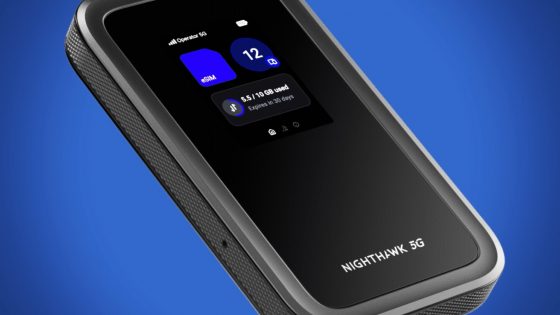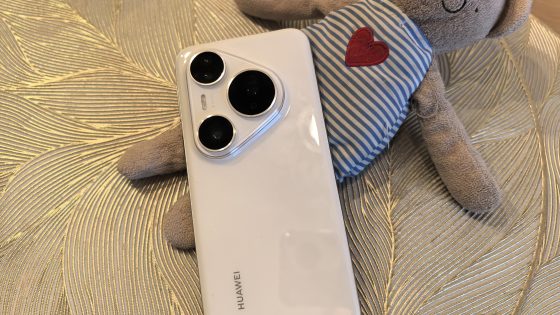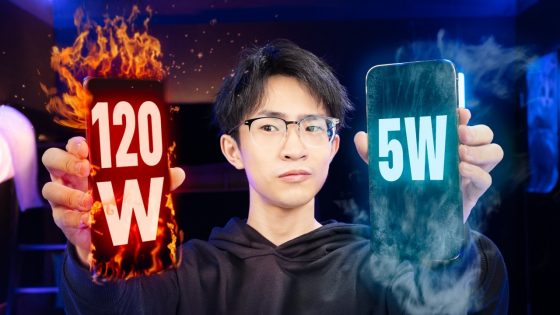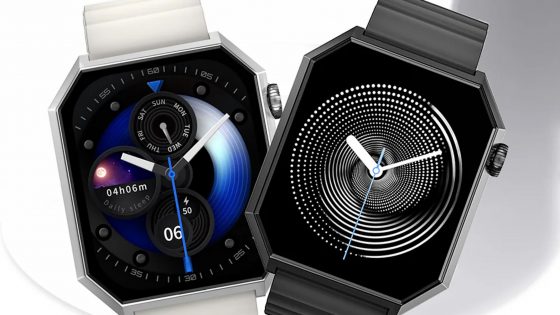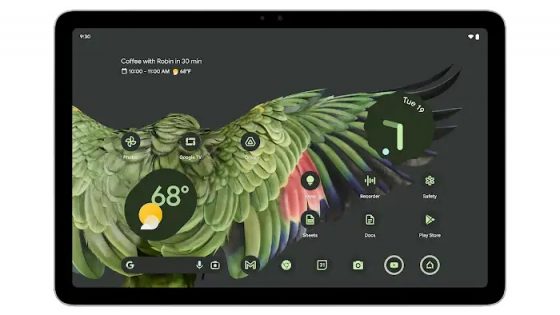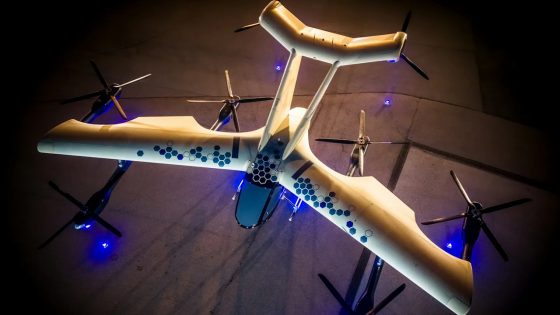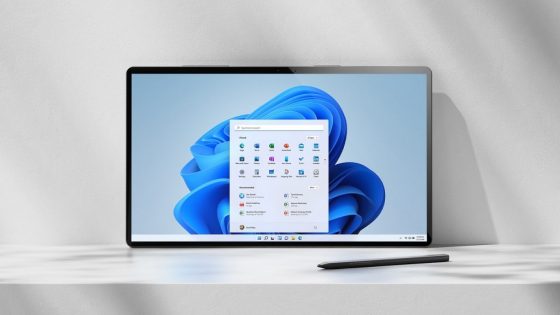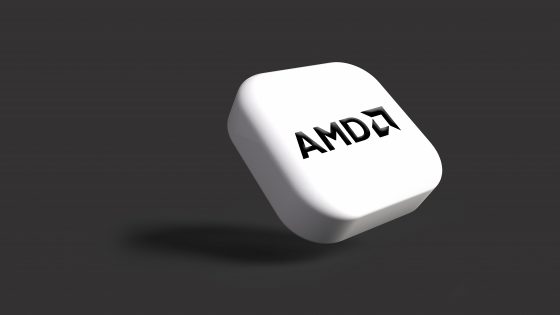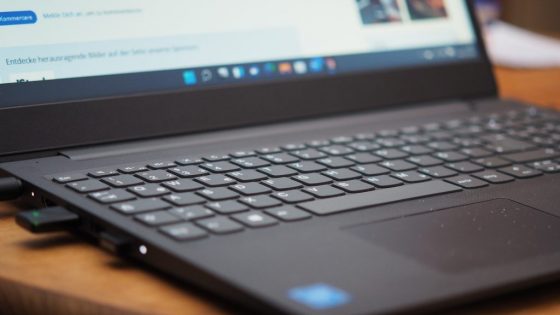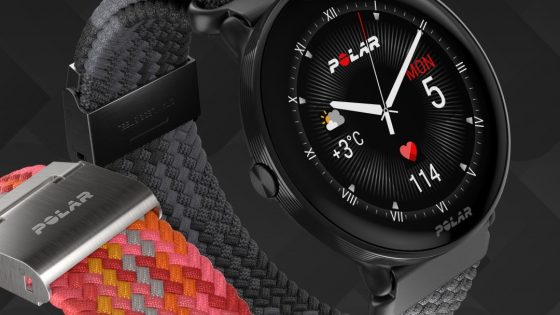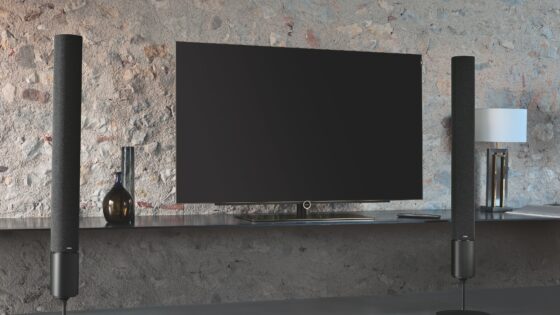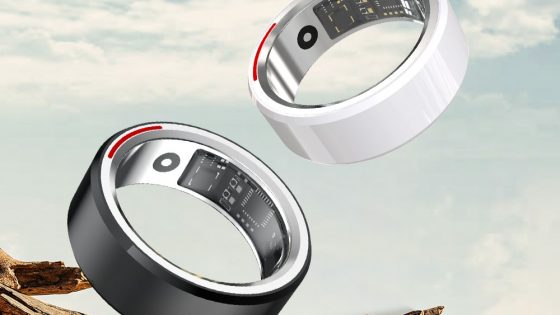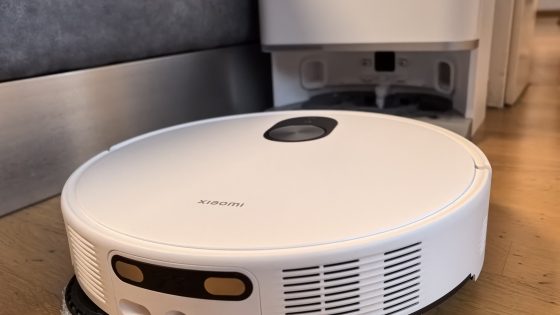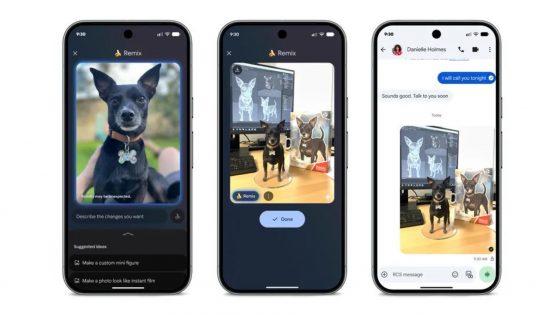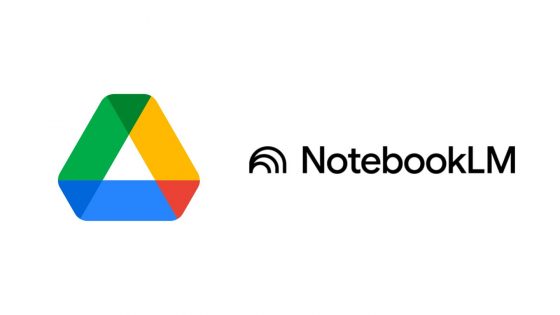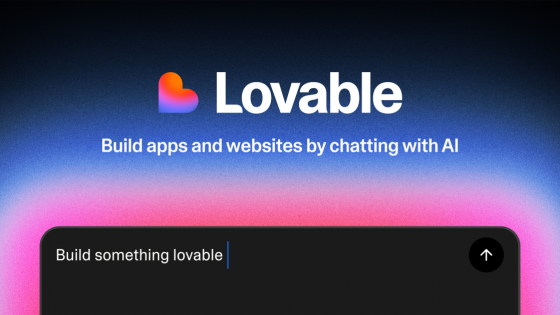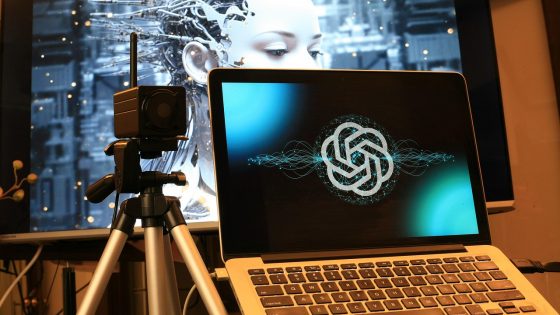Wearable Technology in 2024: Predictions, Devices and Stories to Come
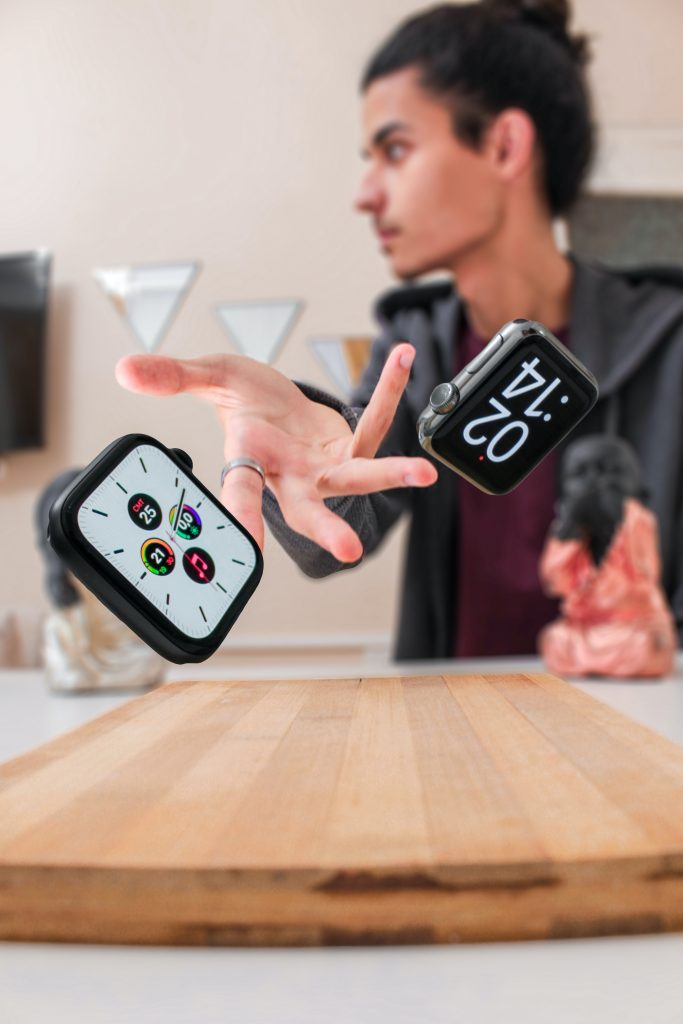
Devices
Moved by Evie Ring
As everything seems to be waiting for Evie Ring finally over. It's coming to our fingers in 2024. It's a smart ring whose main target audience is female users, and which is supposed to compete with the equally smart Oura ring. In the last 12 months, this has managed to convince a large part of the female market, who have recognized the advantages of wearable devices on the finger.
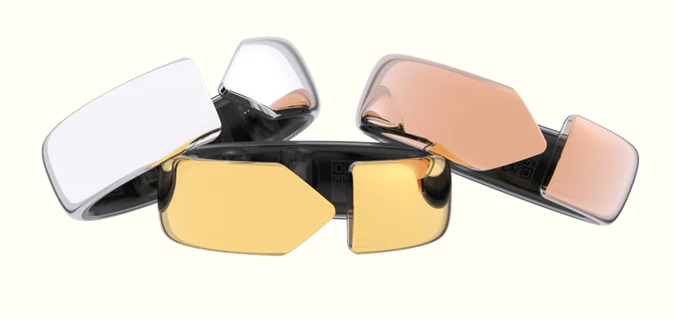
The first task for Evie Ring is to actually be a quality wearable. The company has some great ideas on how to use medical sensors and how to quickly get FDA approval, but Movano is still a “startup” developing its first device.
It would also be wise to add support for Android devices. Currently, the ring only works with Apple devices.
Apple Watch X
All the rumors point to a special edition of the Apple Watch coming for the device's 10th anniversary in 2024. There is talk of a major design change and new sensors for sleep apnea and blood pressure. Apple will also have to get, among other things patent battle with Masima.
In addition to the presentation of the device in question, we expect Apple to take a step forward in the field of tracking well-being. It's focused on the big health metrics, but we feel like it's lagging behind in the realm of wellness devices. Just looking at where Whoop, Oura, and now Garmin have taken things shows how much work Apple still has to do. We expect a rebalancing this year.
Whoop 5.0
In addition to the innovations presented above, it seems likely that we will see a revamped Whoop device in 2024, although little has been said about it until now. As a reminder, Whoop is a very popular fitness device that works very discreetly on the wrist. In fact, at first glance, it works like a regular fitness band. Inside, however, there are quite a few advanced sensors that make athletes frantically buy this and similar devices.
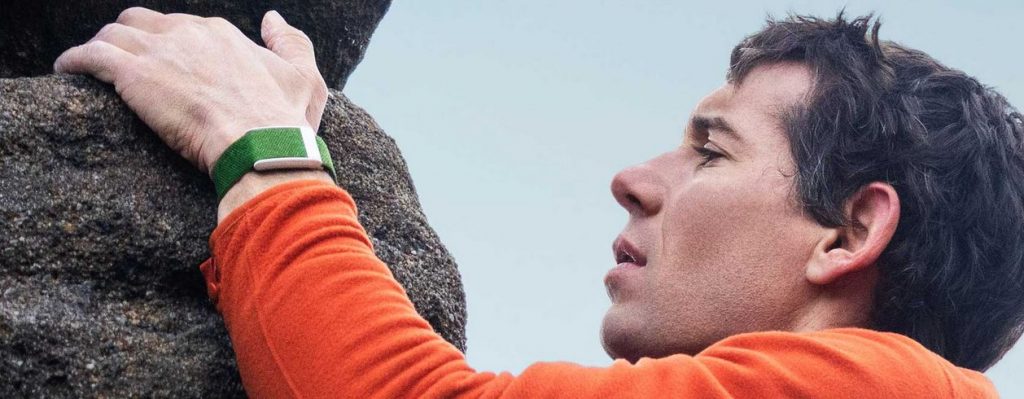
The current Whoop 4.0 was released in 2021, so it really would be about time we got an updated device. As a simple sensor vehicle, the hardware is relatively unimportant.
However, we would like heart rate sensor upgrades and battery life increases.
Oura Ring Gen 4
The Oura Ring Gen 3 smart ring is also available from 2021.
During this time, the manufacturer did not stand still and presented the upgraded look of Oura Ring Gen 3 Horizon.
Although Oura is still the leader in the field of smart rings, it is increasingly challenged by models such as the Evie Ring, Circular Ring Slim and Ultrahuman Ring Air.
With many improvements, competitors are only getting closer to the Oura's level of comfort and design.
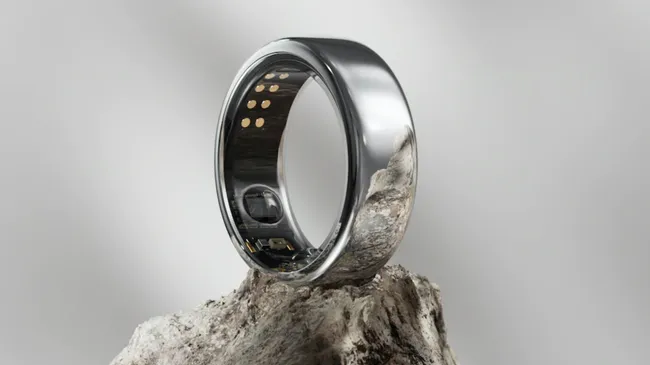
Samsung Galaxy Ring
The smart ring market is one of the most interesting subcategories of wearable technology. So far, however, none of the biggest tech players have made a significant contribution.
Samsung regularly publishes patents for its smart ring, and it looks like 2024 could be the year they officially launch the product.
While it seems unlikely that Samsung could take the category up a notch in terms of raw innovation, a tech giant tackling smart rings would put the category on the “mainstream” map.
Apple Vision Pro
Remember that big "spatial computing" device that Apple showed off at WWDC? You know, the one that makes your laptop screen look like a room? Well, it's coming out this year.
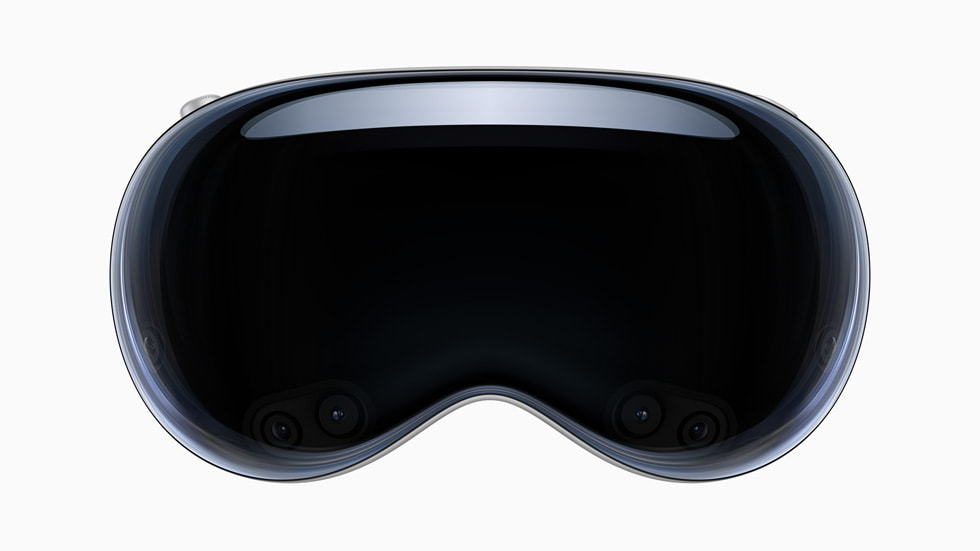
Although it is a niche product, it will be interesting to see what kind of response, if any, it will generate.
It will also be interesting to see what impact it will have on the rest of the AR/XR industry. If this product is going to penetrate the consumer consciousness, it should probably happen now.
Stories
Blood pressure
The world of wearables and smartwatches has been waiting for a new big sensor for quite some time – and it looks like it will arrive this year in the field of blood pressure measurements.
Samsung has an existing workaround on the Galaxy Watch that only works if you also have a Samsung Galaxy smartphone, so its appeal is limited.
Smart watches that can detect high/low blood pressure and raise awareness among the millions of people suffering from hypertension would be a huge asset.
This technology was announced for the Apple Watch X, but many developers in the world of wearables are working on it. Therefore, it will be interesting to see who will manage to provide this functionality and implement a useful and educational feature in watches.
In addition, the signature of the regulatory authorities will be required to obtain a license for use. This means that it will be necessary to overcome quite a few big obstacles along the way.
Sleep apnea
A few years ago, sleep apnea became a central topic in the development of wearable devices. Fitbit and Withings already offer readings of changes in oxygen levels during sleep. However, due to restrictions, since they are not officially a medical device, the devices cannot talk about sleep apnea.
We expect things to move forward in this area with more prescriptive detection of apnea problems on common, everyday devices.
This is another feature announced for the Apple Watch X, and we'd be surprised if sleep apnea wasn't a major topic of conversation at this year's Samsung, Pixel Watch, and even Huawei releases.
Blood sugar
Non-invasive blood glucose monitoring seems highly unlikely this year. But by the end of 2024, we will definitely be closer.
There are a number of companies with promising solutions, such as Afon from the UK, RF sensor from Movano and Actxa from Singapore.
While a solution for type 1 diabetics may be unrealistic for now, something that can detect spikes or unhealthy blood sugar levels in pre-diabetics could have huge societal benefits.
So expect significant progress to be made in this area this year.
Artificial intelligence and wearables
2023 was a breakthrough year for artificial intelligence, and everything seems to be changing this year. But we can expect a shift from fairly useless concepts to useful and useful implementations. It is precisely the wearable device industry that could play a key role here.
The potential that artificial intelligence brings to the field of wearable technology is to connect scattered data points and make something unique out of them. In practice, this could mean long-term analysis of blood pressure data and their association with sleep patterns, which ultimately provide a whole new dimension of self-knowledge.
In any case, we are talking about big goals here, which are heavily dependent on regulation. Despite everything, we expect the first concrete steps this year, most likely on the wings of Apple's Quartz platform.
Patent War 2.0
It seems like we're back in the patent wars of the early days of wearable technology. There are a few "fights" currently underway that are worth paying attention to. One of them is definitely the case of Apple vs. Masim and also Apple vs. AliveCor. Oura also has strong competition, for example, companies like Ultrahuman and Circular.



